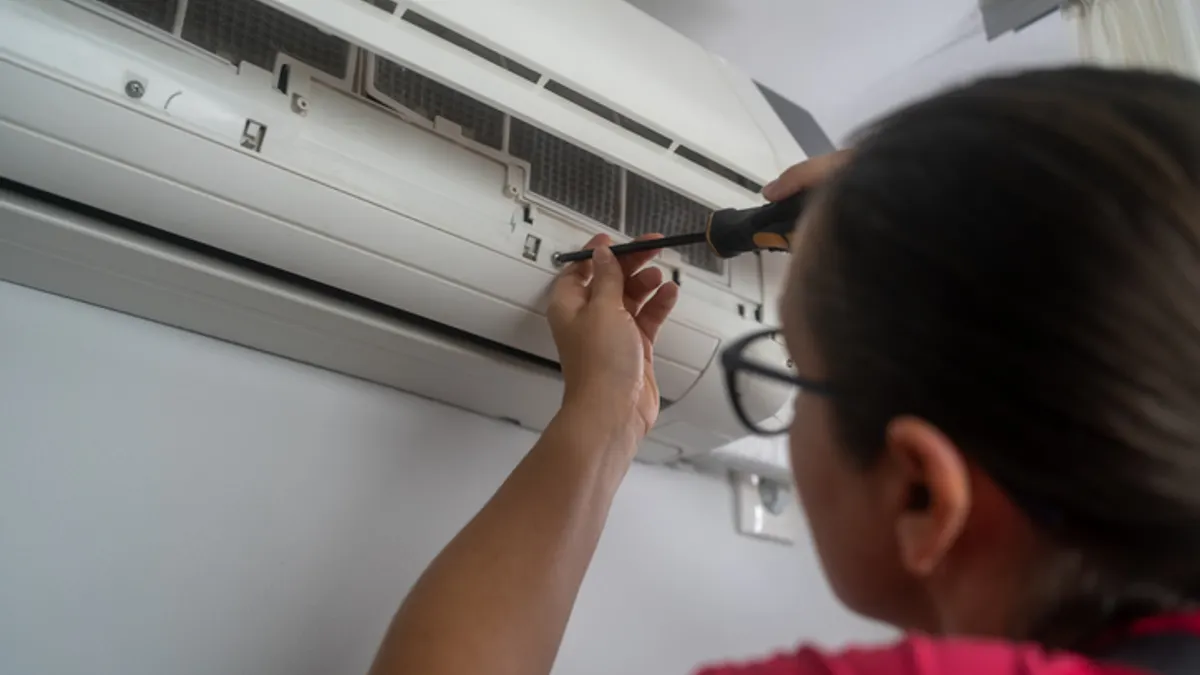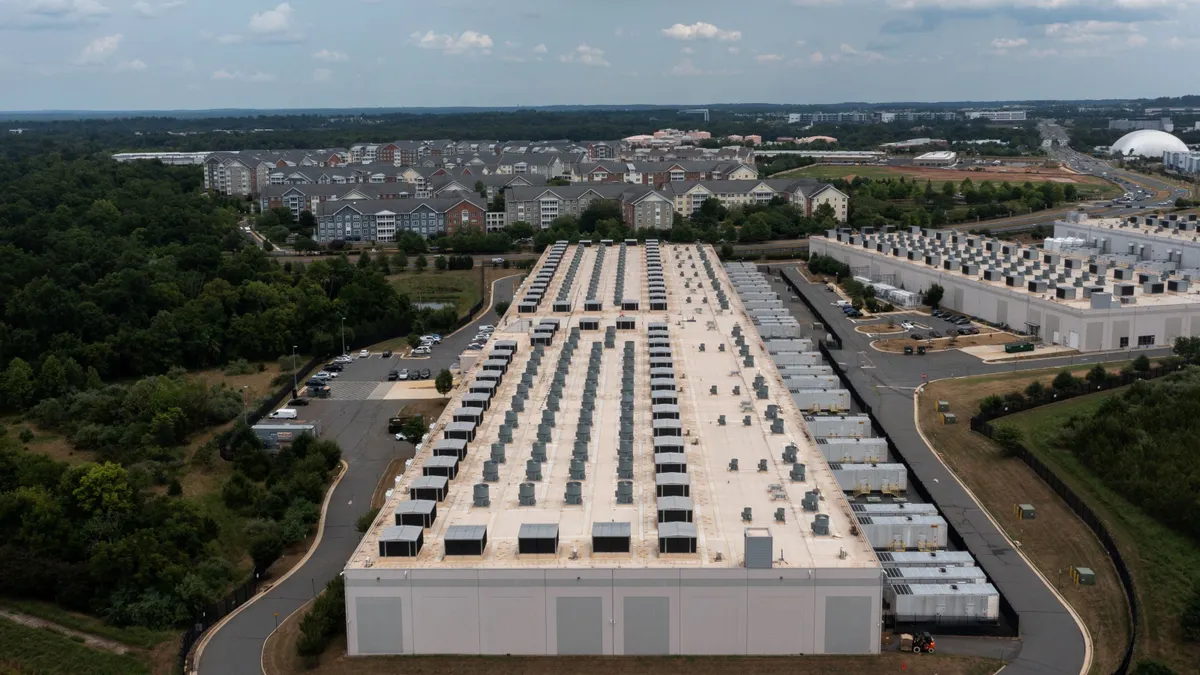Federal agencies can save $100 million or more by using predictive models to make investment decisions on deferred maintenance and repair work for federal buildings and structures, according to a May 15 federal government report from the U.S. Government Accountability Office.
Additionally, agencies can garner savings of $10 million or more over the next five years if they set building utilization benchmarks that can help identify and reduce underused office space, per the report, which outlines 112 new matters and recommendations in 42 topic areas that can help Congress and federal agencies achieve savings while improving government programs and activities.
Federal agencies have long since struggled to manage their large portfolios and determine how much office space they needed to fulfill their missions efficiently, even before the COVID-19 pandemic, the report says. The GAO said these challenges have driven their need to defer maintenance and repairs and that failing to keep up with these much needed repairs and investments can cause unplanned interruptions to facility systems and components over time, worsening the condition of the agencies’ assets and leading to premature replacement.
Last November, the GAO reported that estimates for deferred maintenance and repairs in federal buildings rose about 83% to $48.7 billion in 2022 from $26.6 billion in 2017 for the U.S. Department of Energy, the Department of Health and Human Services, the Department of the Interior and the U.S. General Services Administration. Officials from these agencies attributed these increases to various factors, including funding constraints, labor and material cost escalations and the quality of the agencies’ physical assets.
The GAO recommended that the DOE, DOI and HHS evaluate the possibility of increasing their use of simulation models that can predict the outcome of investments, analyze tradeoffs and inform decision making to effectively allocate resources among various investment options. “For example, an agency could use modeling to achieve cost efficiencies by determining the optimum time to make maintenance investments,” the report says.
The DOE, which neither agreed nor disagreed with the GAO’s recommendation, had cited plans to establish a working group for developing methods to address the recommendation. As of March 2024, agency officials said the department’s working group has continued to discuss potential corrective actions, per the May 15 report.
The DOI and the HHS agreed with the GAO’s recommendation. The DOI said it is coordinating with its bureaus to review the availability and benefits of lifecycle investment models and evaluate alternatives for implementation. The HHS acknowledged that models used for investments in its real property portfolio may face limitations due to the diverse missions carried out in different facilities, but said it is considering how to implement the recommended models.
Based on cost savings identified in its prior work, the GAO estimates that such predictive models can cut an agency’s deferred maintenance and repair backlog, helping the DOE, DOI and HHS to make cost effective investments that can address a cumulative backlog of over $40 billion, potentially saving $100 million or more, the report says.
Furthermore, federal agencies have been struggling with excess and underutilized space, exacerbated by the rise of telework since the COVID-19 pandemic. New benchmarks accounting for greater levels of telework can help agencies downsize the office space they don’t need, avoiding significant environmental and financial costs, the GAO says in the report. While the GAO says related savings are uncertain and may vary within and across agencies, it cites estimates of a 1% cost reduction in reduced lease space that can lead to potential savings of $10 million or more over five years.
In October, the GAO recommended that the Office of Management and Budget take charge of developing benchmarks for measuring building utilization levels that account for more telework. As of March 2024, the OMB reported that it had established a working group to start developing benchmarks, the report notes.
Last September, the U.S. House Transportation and Infrastructure Committee approved a package of bills aimed at tackling the federal office space utilization problem. The committee said the legislation would require the GSA to provide monthly updates on occupancy and actual utilization rates, as well as annual reporting, in its occupancy agreements.




















